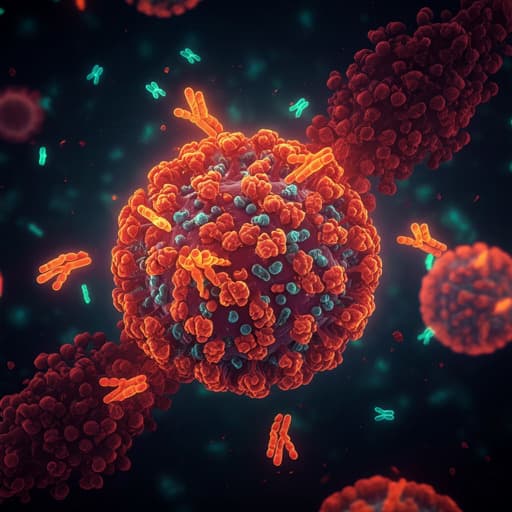
Medicine and Health
Rapid antigen test as a screening tool for SARS-CoV-2 infection: Head-to-head comparison with qRT-PCR in Ethiopia
D. Gobena, E. K. Gudina, et al.
This research compares the performance of the Panbio™ COVID-19 Ag rapid diagnostic test against the more reliable qRT-PCR for detecting SARS-CoV-2 in Ethiopia. With a sensitivity of only 33.3%, the Ag-RDT shows promise for point-of-care use, but its limitations must be understood. Conducted by a team of researchers including Dabesa Gobena and Esayas Kebede Gudina.
~3 min • Beginner • English
Related Publications
Explore these studies to deepen your understanding of the subject.







